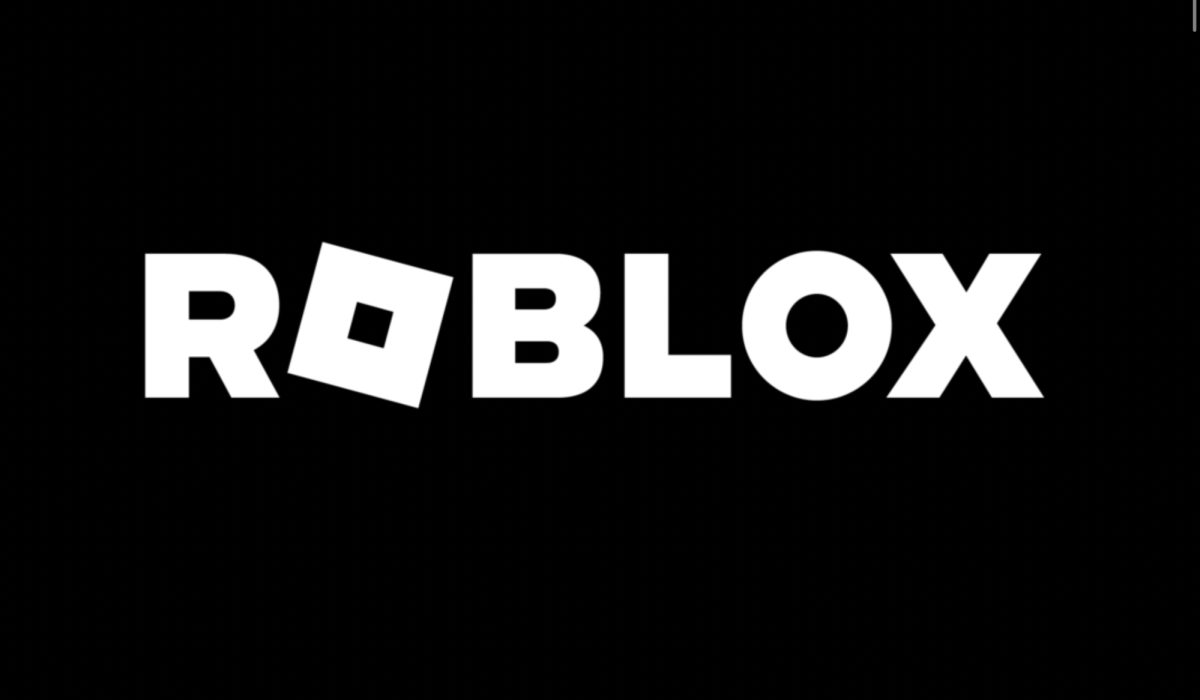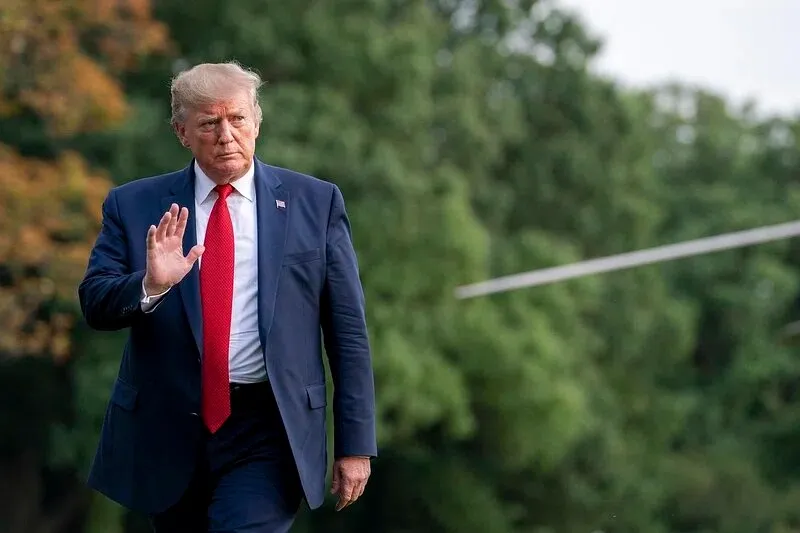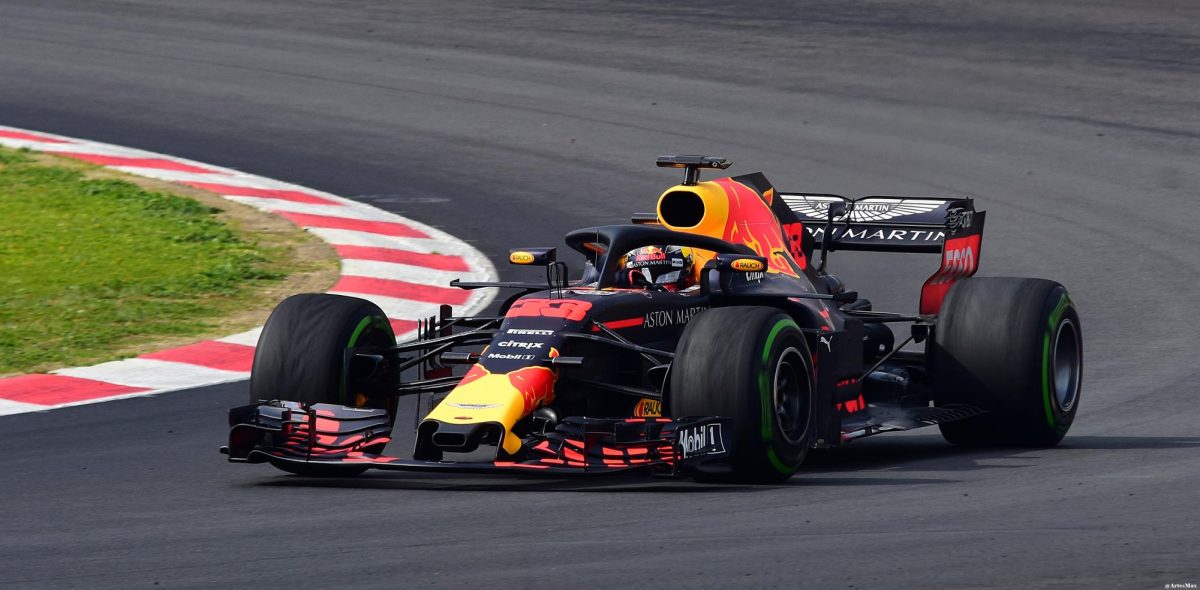Pretty much everyone knows about the Olympics. It’s the greatest international sporting event in the world, drawing competitors and viewers from across the globe. Lesser known is the Youth Olympic Games (hereafter abbreviated to the YOG), a similar event also organized by the International Olympic Committee. The YOG is almost exactly what it sounds like—the Olympics, but specifically for youth athletes between the ages of fifteen and eighteen.
When I first heard about it, I thought it was utterly absurd. There’s no point to it, when youth athletes frequently qualify for and even medal in the regular Olympics. Not to mention the strangeness of only allowing fifteen to eighteen year olds to compete. I, personally, would have far fewer issues with the existence of the YOG if their age range wasn’t so narrow. After all, a fourteen-year-old took home the gold medal in Women’s Park Skateboarding this year, and yet she wouldn’t even be allowed to participate in the YOG! I figured there must be a deeper reason for the event that I was missing.
The stated goals of the YOG largely boil down to promoting youth sports, Olympic values, and cultural exchange. All of these sound great in theory, but in practice, I still see no reason why an extra multi-million dollar sporting event is needed to facilitate them. The regular Olympics does or could do all of these things with ease.
First, the promotion of youth sports. As previously mentioned, there are loads of youths doing sports in the Olympics. The default minimum age to participate is sixteen, but countries are allowed to send younger athletes according to their own internal regulations. The USA, for example, requires all its Olympic athletes to be at least thirteen years old. That’s about as young as you can reasonably get in a serious sporting competition—go any younger, and you’re putting all that stress onto the shoulders of people who don’t even know algebra. Of course, that doesn’t stop some countries from sending athletes as young as eleven, but it does make the whole thing feel pretty absurd. Suffice to say, there is more than adequate promotion of youth sports in the Olympics.
Next, the spreading of Olympic values. Forgive me if I’m wrong, but I’m pretty sure that you don’t need to participate in an event organized by the International Olympic Committee to pick up what they’re putting down. According to the IOC’s FAQ, their core values are that of excellence, friendship, and respect. I don’t think anyone needs to learn those through, say, the Modern Pentathlon (look it up, it’s weird). In fact, I’m pretty sure you could pick up most of that by watching any given beloved children’s television series. Or watching the regular Olympics.
Finally, facilitating cultural exchange. This is the one reason I thought had some real merit, as it’s the main thing that sets the YOG apart from the Olympics. The YOG features a Culture and Education Program (CEP) which provides numerous opportunities for visiting and local youths to learn about their international peers. Encompassed within the CEP is the Young Ambassadors Program and Young Reporters Program, two initiatives that sounded like great ways to get kids engaged in their cultures and encourage budding journalists until I realized that they could just include all of these programs within the regular Olympics and likely have a greater impact. The Cultural Olympiad already exists, you could slot these programs into it with relative ease.
In conclusion, the existence of the YOG confuses and disturbs me. It sounds like a nice idea on paper, but in practice, it appears to be but a strange mimicry of the regular Olympic Games.






















































